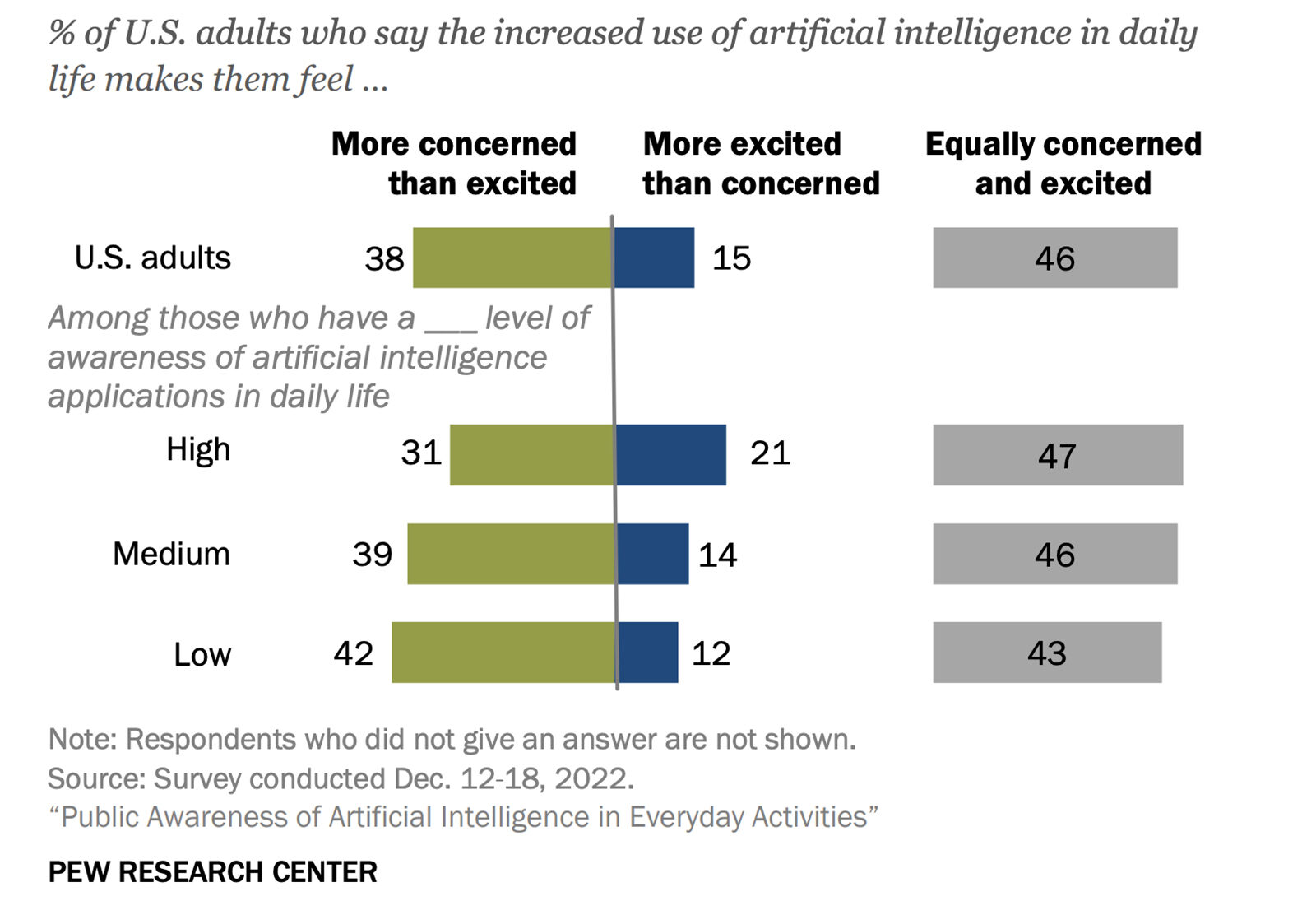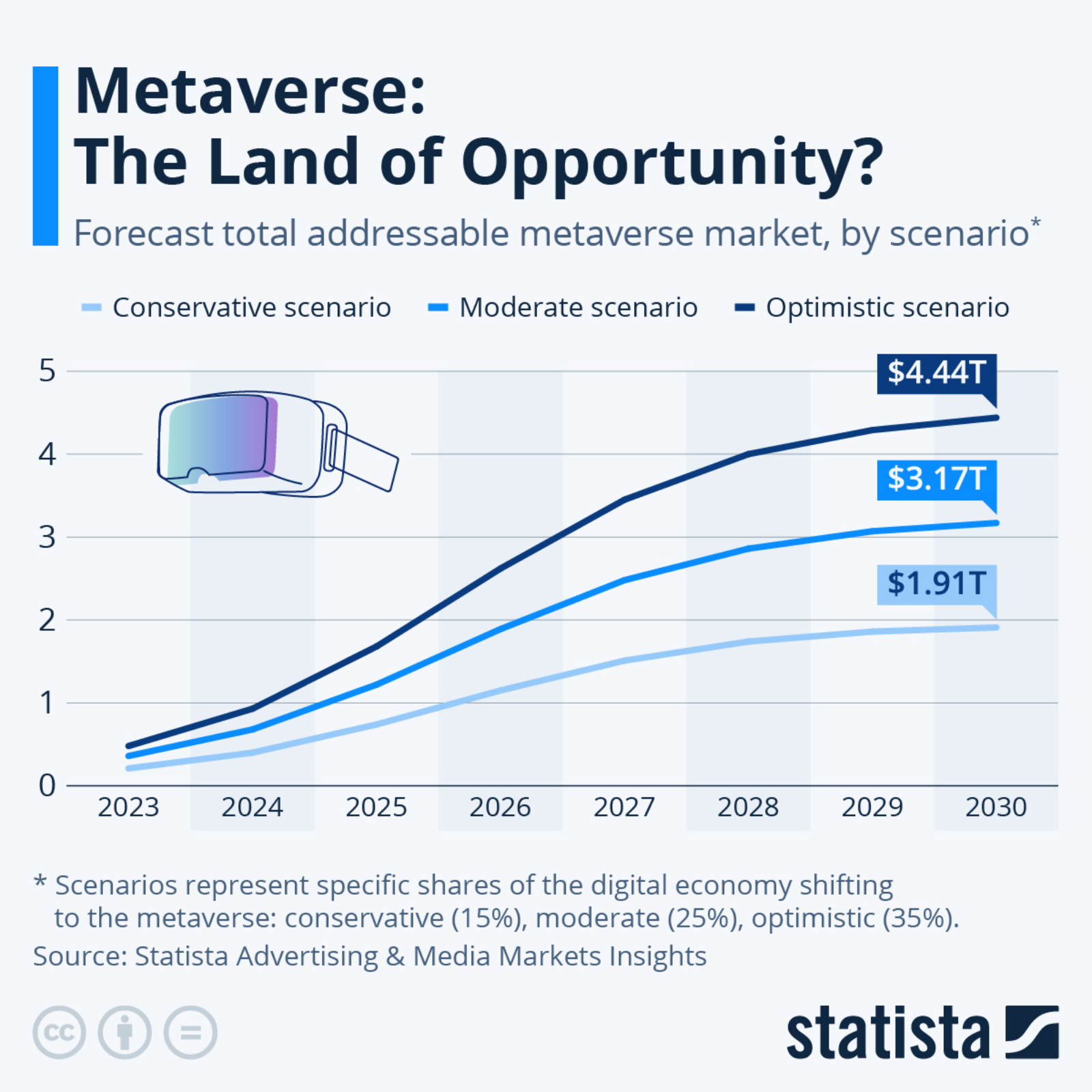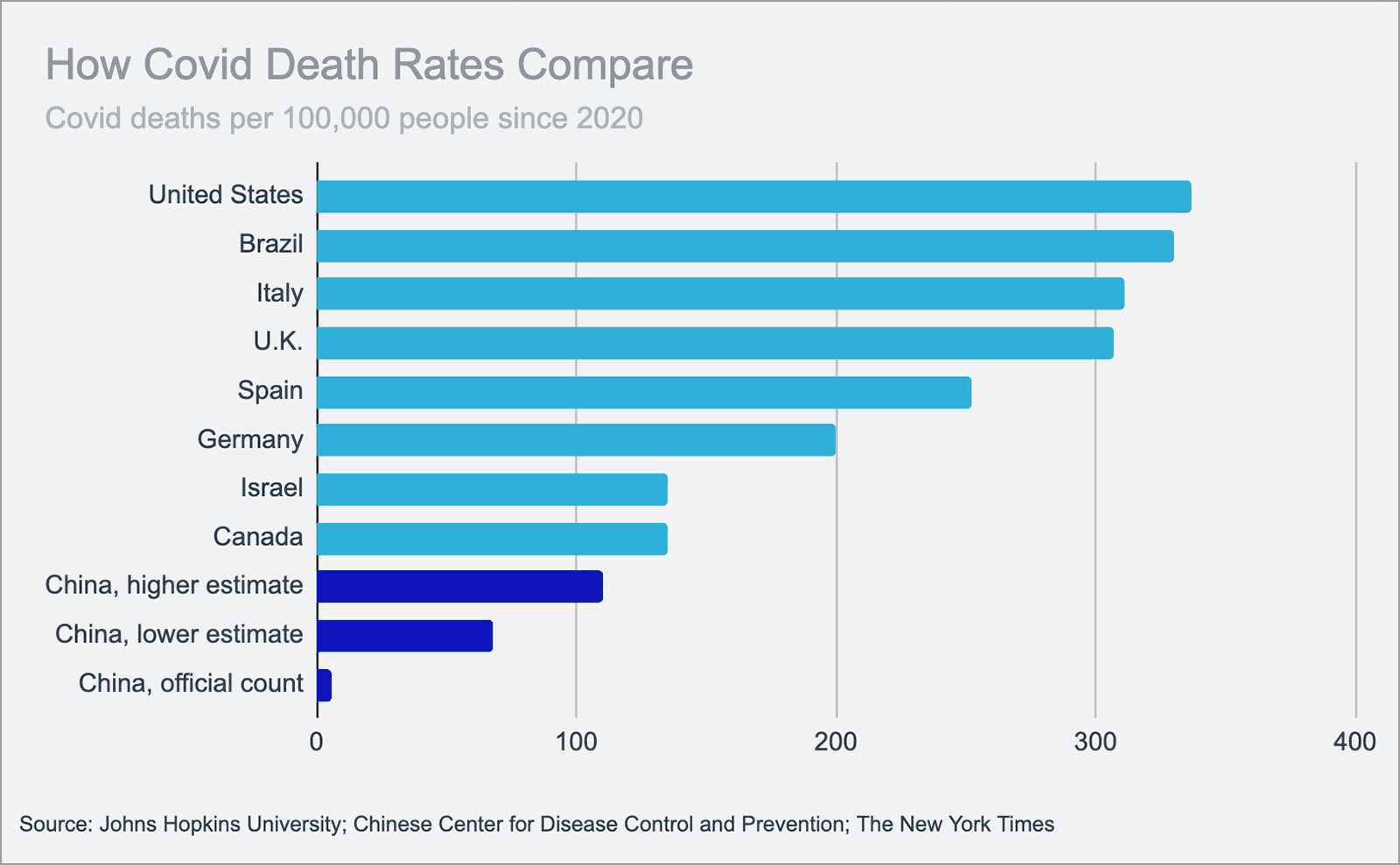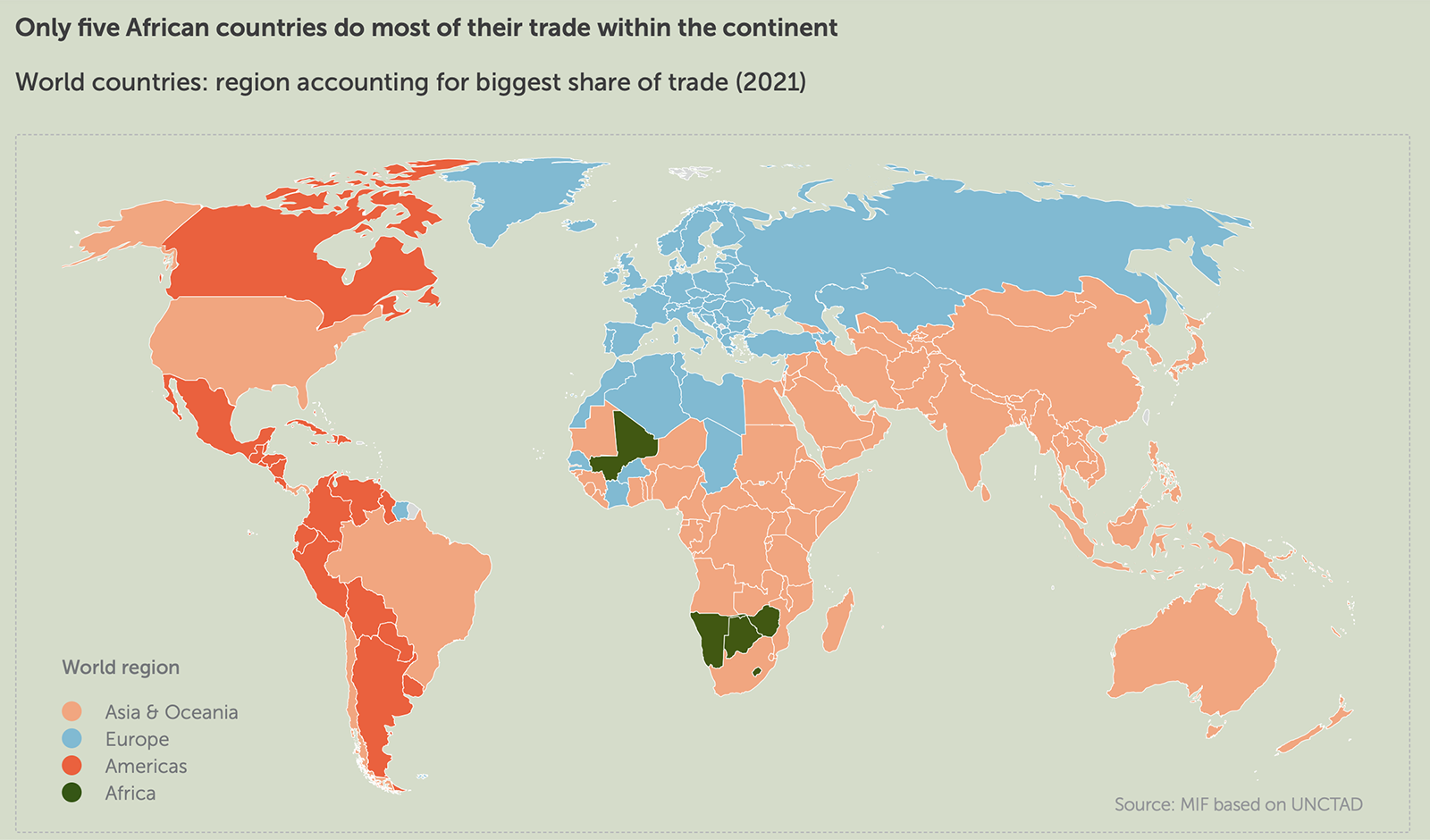UK Prime Minister Caps Energy Bills As Costs Skyrocket
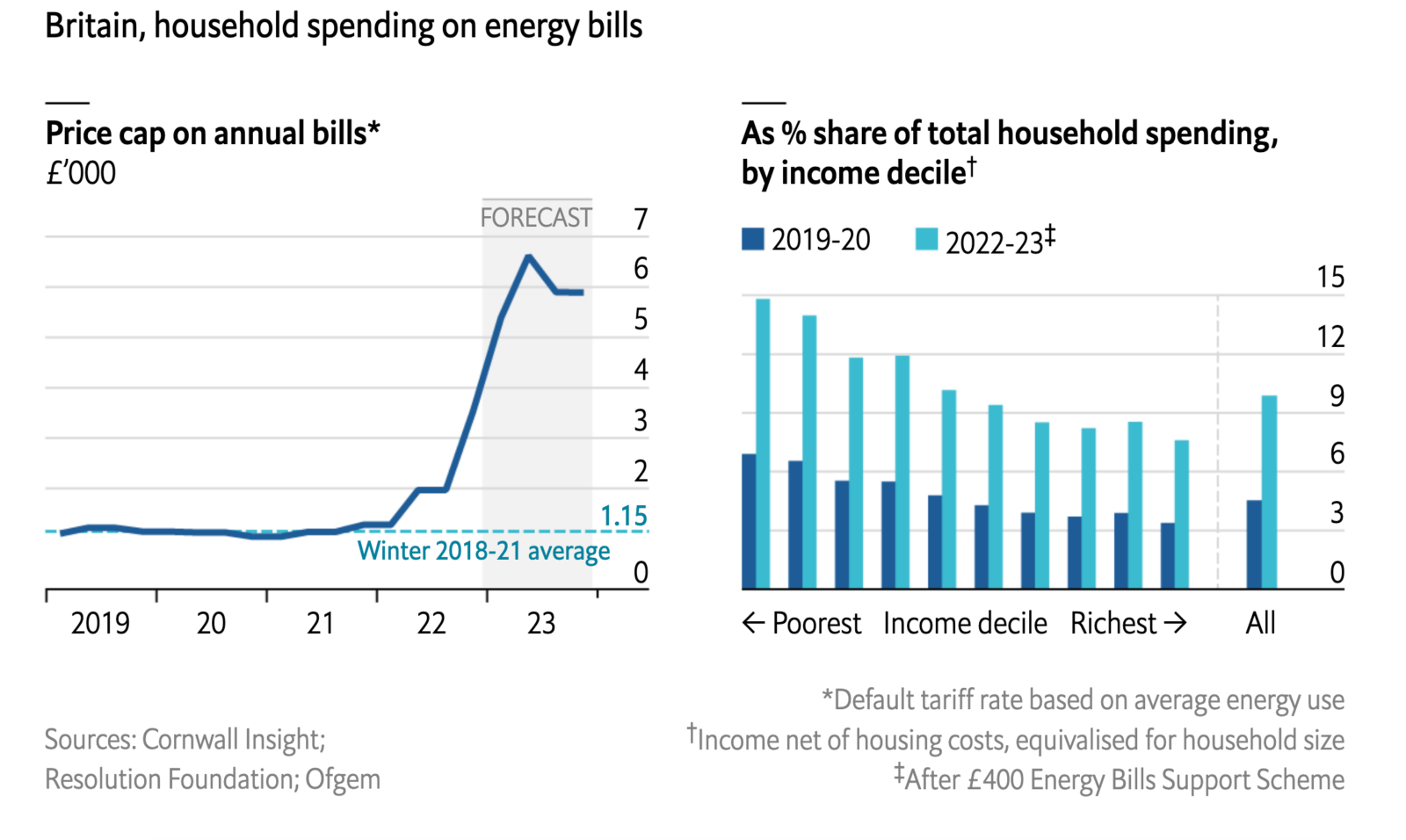
Source: The Economist
The United Kingdom’s new prime minister Liz Truss is under pressure to ease energy costs, as natural gas prices skyrocket and winter approaches, reports The Economist.
On August 26, energy regulator Ofgem reset its energy price cap, raising the average household’s monthly energy bills from 164 pounds ($194) to 296 pounds ($340), starting in October. Forecasts from Cornwall Insight consultancy group predict that without government intervention, energy bills will rise to 449 pounds ($516) in January and 551 pounds ($633) in April. Without government support, experts estimate that energy bills will make up 14% of the poorest fifth of households’ spending — double the amount before the pandemic. Middle-income households will also face steep prices, with 9-10% of their spending consumed by energy costs.
In response, Prime Minister Truss announced that energy bills will be capped for all households at 2,500 pounds ($2,874) a year — about $240 a month — until 2024. Businesses will also benefit from the price cap, though for a shorter period of six months.


